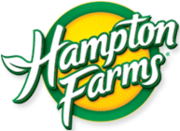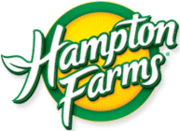Plant-Based Diets
A plant-based diet does not have to be completely meat free but it can be. At the center of a meal is an abundance of vegetables, fruits, whole grains and nuts. The USDA MyPlate recommends using the visual of half the plate as fruits and vegetables, up to one quarter as grains and the remaining as protein (USDA, 2011). By emphasizing nutrient-dense plant foods you are able to eat larger, more filling meals while cutting calories.
In the traditional American diet, daily protein needs are met by eating animal products. In a move to a plant-based diet, it is important to consider protein-rich plant foods to ensure your needs are being met. Protein is required by the human body to function. Nuts, legumes, and seeds, including peanuts and peanut butter, are good sources of protein that can easily be incorporated into a plant-based diet. A one-ounce serving of dry roasted peanuts contains seven grams of protein and a two-tablespoon serving of peanut butter contains eight grams of protein. Key recommendations in the Dietary Guidelines for Americans 2010 include balancing calories to maintain a healthy weight and eating nutrient-dense foods. The Mediterranean Diet, DASH Eating Plan, and Vegetarianism are all included as examples that can achieve this goal. For example, the DASH Eating Plan recommends four to five servings per week of nuts, seeds and legumes including peanuts and peanut butter. Peanut should be a part of any vegetarian or plant-based diet because of their protein content alone but a peanut is a powerhouse and contributes essential vitamins and minerals. It is really one-stop shopping.

